Insurers only have themselves to blame, says the SSP director
None of us have the monopoly on great ideas or can know everything going on in the industry, so it’s good to use others as a touchstone to make sure we’re not brewing up misconstrued perceptions. The fact some of these conversations happen late into the night, fuelled by generous hospitality, just happens to be a bonus!
Over the last month or two I’ve been to a number of industry events and thoroughly enjoyed catching up with old friends and making new acquaintances. However, in all of the conversations I’ve had, a common theme has emerged.
No matter what sector of the insurance world people come from there seems to be a common feeling that although rates have hardened slightly in some areas, there has been little consistency in what is happening, despite a lot of puff and bluster to the contrary.
Numerous chief executives have bemoaned the soft market and talked about stricter underwriting protocols and a more concerted effort to price for risk rather than market share. However, when I see and hear what’s actually happening, I marvel at how disconnected corporate strategies are from their ultimate execution.
Trading results for worldwide general business from the ABI seem to back this up. The figures are for UK and overseas businesses with head offices in the UK and also include the UK business of branches and subsidiaries of foreign insurers.
In short, net written premiums rose from £42.1bn in 2005 to £47.2bn in 2008. However, investment income fell from £6.2bn to £3.4bn over the same timeframe and the underwriting result dropped from £1.8bn to £1.1bn. Insurers may be writing more business, but both their underwriting results and their investment returns are tumbling and surely this can only lead to disaster, especially as many insurers’ reserves have already been depleted to bolster results.
As a viable strategy, cash flow underwriting may be dead, but I wonder whether this is really being reflected in underwriting offices up and down the country on a daily basis?
It feels as though many insurers have struggled to really rein in their pens and invoke the stricter, tighter and more determined drive to underwrite for profit that chief executives have been banging the drum about.
At the moment, dual pricing also remains a problem for brokers and many are frustrated that with spare capacity still sloshing around the market, those with the loudest voice and coincidentally the largest books of business, can still beat down premiums and keep the market relatively soft.
If insurers engaged better with their medium and smaller brokers, I feel they would be pleasantly surprised not only with the quality of business generated, but also the volume. Nor, with the correct approach, is servicing this section of the market nearly as costly or difficult as some fear.
Again there has been a lot of talk from carriers about reconnecting with the small and mid tier broker markets, but I am not convinced it is filtering through to really have an impact at a day-to-day operational level. Talk is cheap.
So, although everybody seems to be talking a good game, I’d much prefer to actually see some solid results and hopefully, as I catch up with people over the looming festive period, there will really be something to celebrate. Here’s to profitable underwriting, in practice rather than just theory.
Jonathan Davey is managing director of Keychoice Underwriting.
Topics
Davey's blog: The seven year itch
- 1
- 2
- 3
- 4
- 5
- 6
- 7
- 8
- 9
- 10
 Currently reading
Currently readingDavey's blog: Action speaks louder than words
- 11







































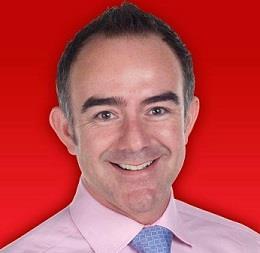
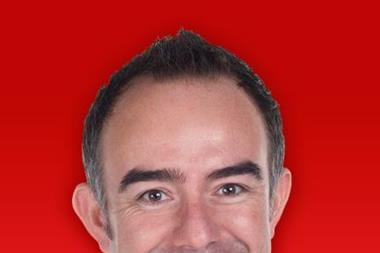
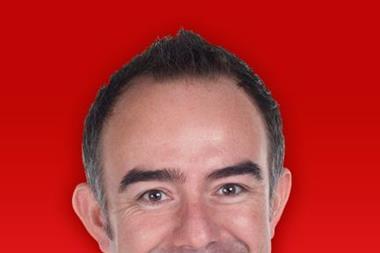
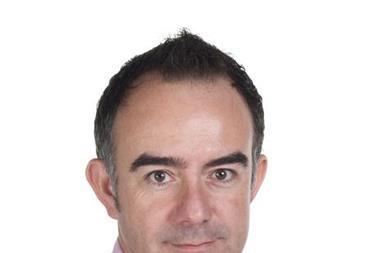
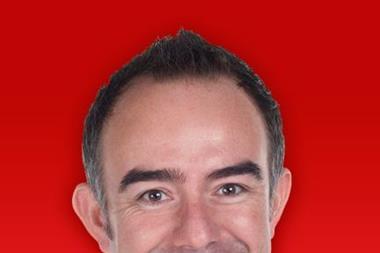
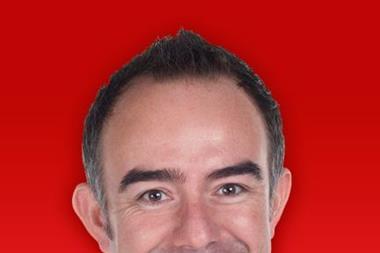



No comments yet